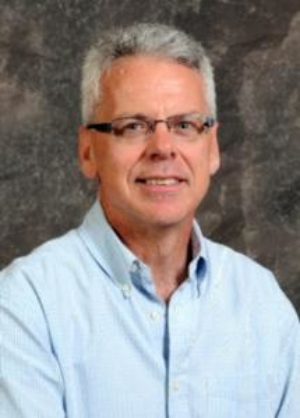Innovation Anthology #733:

One of the challenges Dr. Lee Barbour posed to a Syncrude audience was how they design and build landscapes to facilitate the movement of process and fresh water in the environment.
Dr. Barbour researches the complicated hydrogeology of water moving through reconstructed landscapes when oil sands mines are closed.
DR LEE BARBOUR: One of the challenges in these closure landscapes is, we need to, we reestablish hydrology in the landscape. So how water moves through that landscape prior to release. But in many cases one of the challenges is, we need fresh water coming off those landscapes. There will always be, particularly given the nature of the materials we’re excavating, lots of salts present in these waste materials. And so the only way nature reallly handles salt is through flushing and dilution. So we need to think about in our landscape design, not just how do we build upland forests or how do we build the lake? But how do we actually create landscapes that will release water year after year that then can be part of the water release from the site? So how do we design our landscapes for fresh water release?
Another consideration says Dr. Barbour is how long must the movement of water be tracked into the future? Is it decades or centuries?
Thanks today to SYNCRUDE
FOR INNOVATION ANTHOLOGY
I’M CHERYL CROUCHER
Guest
,
, , , ,
Sponsor
Syncrude
![]()
Program Date: 2015-11-19